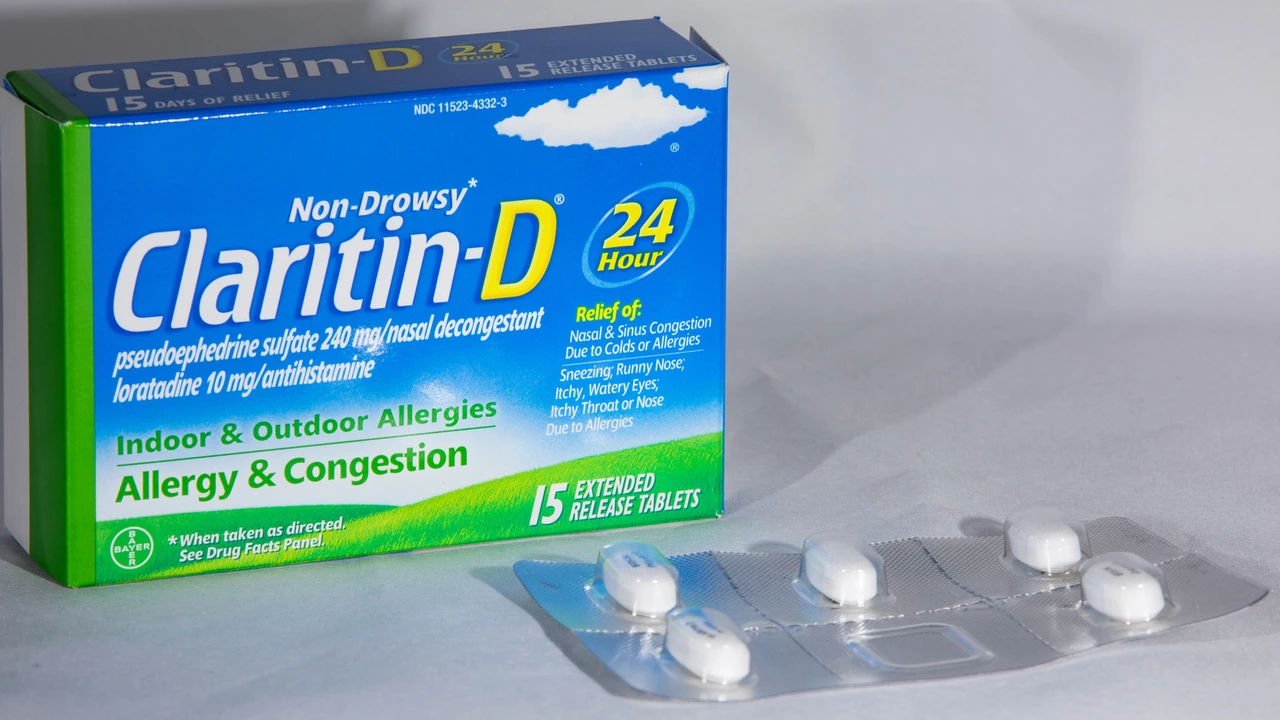Allergic Reactions: Know the Triggers and Act Fast
A single bite, a dab of cream, or a meal can trigger an allergic reaction. Some reactions are mild and annoying; others can become life-threatening within minutes. Knowing common triggers, clear warning signs, and practical first-aid steps helps you stay calm and act quickly.
Allergic reactions happen when your immune system overreacts to something harmless — pollen, food, insect venom, latex, a medication, or even a topical cream. Reactions range from skin rashes and itchy eyes to breathing problems and shock. If you’ve had one allergy before, your next reaction can be stronger, so don’t ignore early symptoms.
Common signs to watch for
Mild to moderate reactions usually show up as: red, itchy skin or hives; swelling of lips, face, or eyes; sneezing, runny nose, watery eyes; stomach pain, nausea, vomiting, or diarrhea. These are uncomfortable but often manageable with antihistamines and rest.
Severe reactions (anaphylaxis) need emergency help. Call emergency services right away if someone has: trouble breathing or noisy breathing, throat tightness or hoarse voice, dizziness or fainting, a fast or weak pulse, or sudden collapse. Swelling of the tongue or neck that makes swallowing or talking hard is also a red flag. If an epinephrine auto-injector is available, use it immediately — don’t wait.
Practical steps: what to do now
If the reaction is mild: stop contact with the trigger. Take a second-generation antihistamine like cetirizine or loratadine if appropriate. For itchy skin, a cold compress or a short course of a topical steroid can help — but test new creams on a small skin area first to avoid surprises.
For severe symptoms: call emergency services and give epinephrine if you have it. Lay the person down and raise their legs unless breathing is hard. If they stop breathing, start CPR if you’re trained. After an anaphylactic episode, a hospital visit is essential — symptoms can come back hours later.
To prevent future reactions: get an allergy plan from your doctor. Allergy testing can identify specific triggers and guide avoidance. If you have food or drug allergies, read labels carefully and tell new providers. Carry an epinephrine auto-injector if you’ve had a serious reaction, and wear a medical ID if needed. When trying new topical products or supplements, do a patch test on a small area for 48 hours before widespread use.
If you’re starting or switching medications, discuss allergy risks with your prescriber and check active ingredients. Buying meds or creams online? Use trusted pharmacies and confirm prescription and ingredient details with your doctor to reduce risk.
Allergic reactions vary a lot between people. Familiarize yourself with your own signs, make a simple action plan, and get help when you need it. If you’re unsure about a symptom, call your GP or an allergist — quick action can make a big difference.

